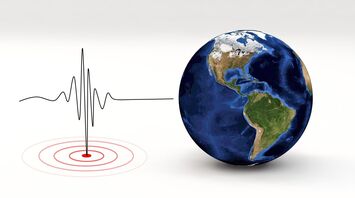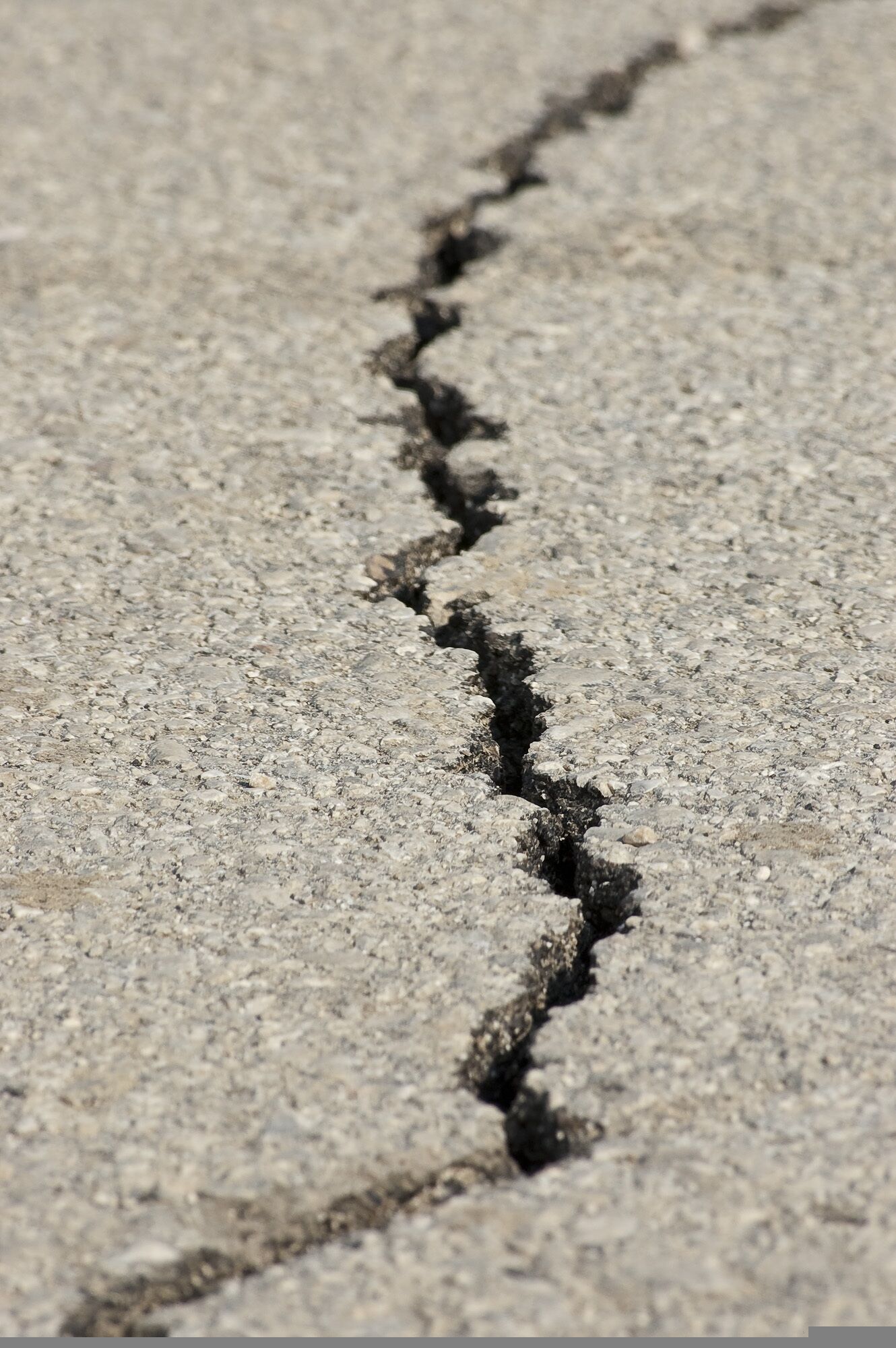Japan Issues Warning After 7.1-Magnitude Earthquake: Fears of a 'Megaquake'

This week, Japan has become the focus of alarming news after a 7.1-magnitude earthquake struck the country’s southern coast on Thursday. The event has reignited fears of a long-predicted "megaquake," which experts have warned about for years. While such occurrences are rare, they can lead to catastrophic consequences, including devastating tsunamis and nuclear disasters.
On Thursday, when powerful tremors were recorded along Japan's southern coast, millions of people were forced to evacuate coastal areas due to tsunami warnings. This region, like the entire country, is located within the so-called "Ring of Fire" — a tectonic zone known for its high seismic activity.
Following the 7.1-magnitude earthquake, experts have raised concerns about the likelihood of subsequent, even more powerful tremors. They claim that around 5% of such earthquakes are followed by larger events, which could pose a significant threat to Japan, a country that has already experienced the devastating 9.1-magnitude earthquake in 2011. That event triggered a tsunami that resulted in over 18,000 deaths and led to the nuclear disaster at the Fukushima Daiichi plant.
Seismic Threats Across the Ring of Fire
Japan is not the only country facing such threats. The United States, particularly the West Coast, is also situated on the "Ring of Fire," a tectonic zone notorious for frequent seismic activity. This week, a 5.2-magnitude earthquake was recorded in Southern California, drawing attention to the potential danger for the region. Experts are urging the public to be prepared for such disasters, emphasizing the importance of readiness for potential emergencies.

The "Ring of Fire" extends far beyond Japan and the United States, impacting other countries such as Peru. A month earlier, a 5.7-magnitude earthquake struck near Peru's coast, highlighting the shared seismic risks across this vast tectonic zone. While no significant damage was reported in Peru, authorities warned of potential disruptions in tourism and advised travelers to be cautious when planning their trips. These events across the Pacific underscore the interconnectedness of seismic threats and the universal need for preparedness in all regions affected by the "Ring of Fire."
Given the increased seismic activity in both Japan and the U.S., it is crucial to recognize the seriousness of the threat. Public preparedness, evacuation plans, and prompt responses to such events can significantly reduce the risks to human life. Additionally, continuous updates to early warning systems and enhanced safety measures at nuclear facilities must remain a priority.



















